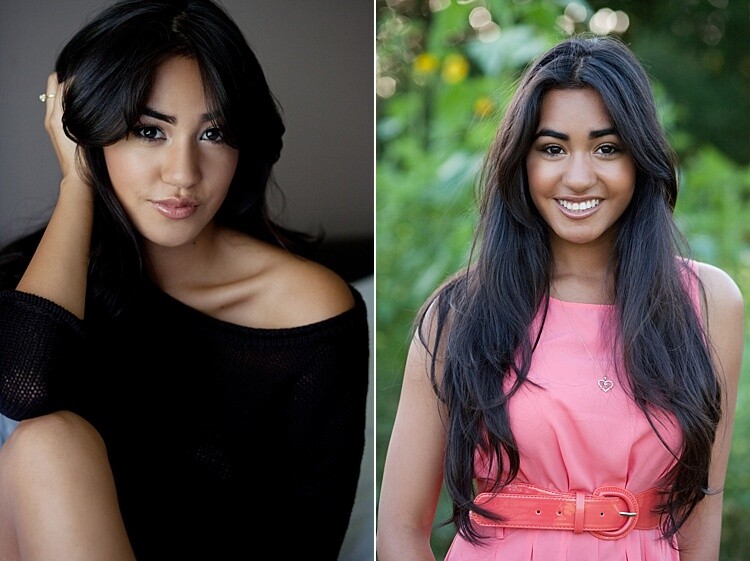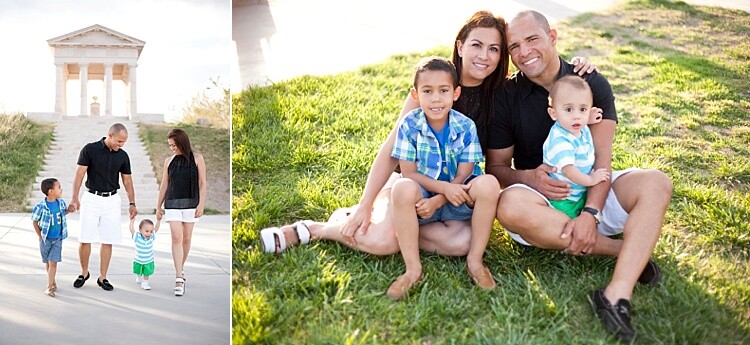A Post By: jackie Lamas












You may think that headshots are just like portraits or perhaps think that they are only best photographed in a studio space. Thankfully, natural light headshots can help you to achieve the perfect look and portraits for your clients.
Both indoors and outdoors, natural light will give you a more organic and authentic feel to your client’s headshots. Making the photos more personable and versatile when it comes to using them on social media, resumes, or the like.

Using natural light allows you to create headshots with a more authentic feel.
Advantages of Natural Light Headshots
While studio headshots are the more traditional route for this style of photography, natural light will offer more options as far as backgrounds and lighting than you could ever imagine.
Photographing in natural light gives you more mobility to go from indoor to outdoor without fussing with setting up or tearing down a whole set.

Natural light gives you the opportunity to photograph your client both indoors and at outdoor locations.
You also have the opportunity to photograph your client more organically and more authentically than a traditional headshot in a studio light setup. These types of headshots are growing in popularity since they can be versatile for social media and online profiles.
For example, a wedding decorator actually decorating an event can be a great optional headshot since this way her clients can see her working the event, in addition to the waist cropped headshot.

Photographing your client in natural light helps to create more authentic and real shots that can be used for different purposes.
Natural light also helps you choose backgrounds that perhaps you don’t have available or can’t afford in a studio setup. Brick, repetitive lines like stairs, textured concrete, etc., will give your client more options when choosing her headshots.
Photographing Indoor Natural Light Headshots
Your client may ask you to photograph them in the very place where they work, which will most likely be inside. If this is the case, ask them if you can photograph during midday. This ensures that you will get the best possible light entering their office or building.

Using elements already found inside near large windows can offer subtle backgrounds without distracting from your client.
When you are photographing headshots it’s very important to keep your background in mind. Look for evenly dispersed, soft light and a neutral background. Headshots are meant to put the focal point of the photo on the person’s face. Neutral backgrounds help to isolate your client and keep the focus on them. This is one advantage of photographing inside.
Ideal backgrounds where natural light is abundant can include office building lobbies, large windowed offices with lounge seating, plain neutral colored walls, rooms with an interesting pendant or incandescent lighting.

Using natural light and combining it with the ambient light in the building can give the portrait a more interesting look.
Photographing Outdoor Headshots
If your client has asked you to photograph them at their workplace, don’t feel pressured to only photograph them indoors. Most often office buildings will have beautifully manicured gardens, atriums, or lawns where you can photograph your client’s headshots.
Choose the background wisely
Try to steer away from too busy a background, though, as this can cause the background to compete with your client. Photographing your client in the shade is most likely to give you the best results as you don’t want to have blotchy lighting on your client’s face or body.

Use neutral backgrounds for your client’s headshots in natural light.
Shooting on location can also offer you other options such as textured walls, patterned walls like a brick wall, solid concrete walls, and staircases. All of which creates a neutral background where you will have an overflow of natural light.

Using different types of backgrounds can give your client options.
One of the best backgrounds that you can use is the pavement. Placing your client on a ladder, crate, or having them crouch down will help you get the right angle so that the pavement becomes an even colored background.
If you do use the pavement, place your client close to the edge where the sunlight and shade meet, this will create a natural reflector and bounce light back onto your subject.

Using both solid pavement and a manicured garden can offer your client variety.
Add variety
Another advantage to photographing on location is that you can add variety to the session without being limited. Photograph your client with a textured background and then try a solid background.
Even though placing your client in the shade is ideal, you can also use the sunlight as a hair light or to light parts of the background to create more depth in the image.

Depending on where you place your client, you can choose how you want to light the headshot. More light or with more drama.
Depending on what your client intends to use the headshots for, you may even try facing your client towards the setting sun.

Facing this model towards the sun gives his headshot a different look.
One more advantage of on-location headshots is the option of bringing props for your client’s headshot. For example, if they are a photographer, they can bring cameras. Or if they are a travel writer, they can bring suitcases. Or a fashion blogger with accessories.
All of these, with the various backgrounds work well to create the perfect headshot for your client.

Natural light headshots can give you the option of using props to create a more stylized portrait.
In Conclusion

Using props can also enhance the effect of your client’s headshots and portraits.
Given that you are using natural light as your main source for your client’s headshots and portraits means that you will be able to offer more variety to your client. This is a great advantage because it can give your client the chance to use the photographs for different purposes.
Furthermore, your client will have more natural and authentic headshots versus more traditional studio headshot, which is becoming more and more popular as well








































